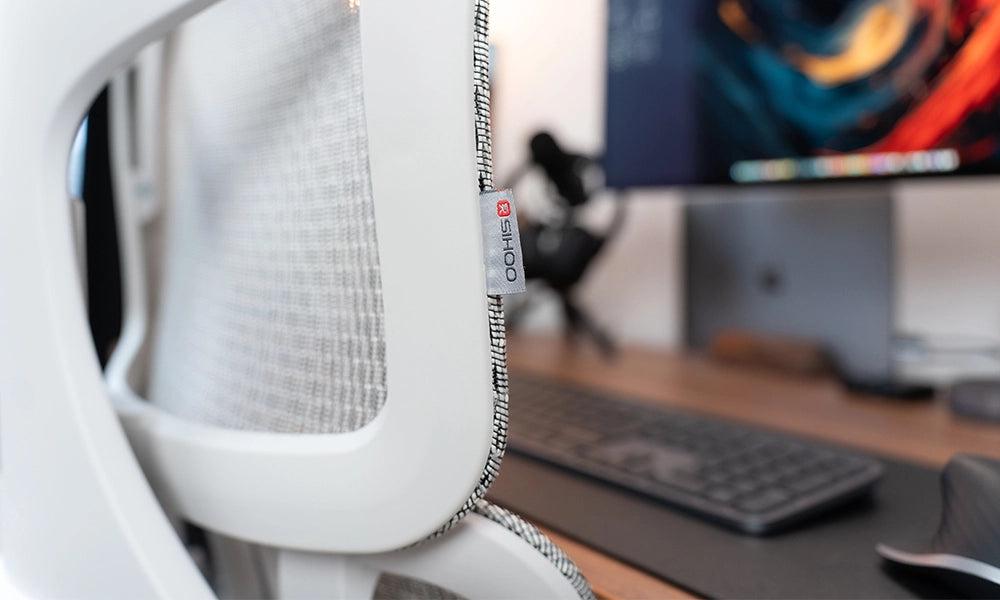In the hustle and bustle of modern work life, one often overlooks the importance of a good office chair. Yet, it’s one of the key elements that can significantly impact your comfort, health, and productivity. Whether you’re setting up a home office or refurbishing a corporate workspace, choosing the right office chair is crucial. Here’s a comprehensive guide to help you navigate through the myriad options available and find the best quality office chair that suits your needs.
Importance of Choosing the Right Office Chair
The average office worker spends a substantial portion of their day sitting at a desk. Prolonged sitting in an uncomfortable or poorly designed chair can lead to various health issues such as back pain, neck strain, poor posture, and decreased productivity. A high-quality office chair not only provides comfort but also supports good posture, reduces stress on the spine, and enhances overall well-being.
Key Features to Consider
When shopping for an office chair, several features contribute to its quality and suitability:
1. Ergonomics
Ergonomics refers to the study of people's efficiency in their working environment. An ergonomic office chair is designed to support the natural curve of the spine, promote good posture, and reduce strain on muscles and joints. Look for chairs with:
- Adjustable seat height and depth
- Lumbar support to maintain the natural curve of the spine
- Adjustable backrest that supports the natural curve of the spine
- Seat depth that allows for proper thigh clearance and support
2. Adjustability
A good office chair should have multiple adjustment options to accommodate different body types and preferences. Key adjustable features include:
- Height adjustment: Allows you to position your feet flat on the floor with your knees at a 90-degree angle.
- Armrests: Should be adjustable in height and width to support your arms comfortably.
- Tilt mechanism: Enables you to recline the chair and adjust the tension to your liking.
- Headrest (if applicable): Provides support for your head and neck, reducing strain.
3. Material and Durability
Consider the quality of materials used in the chair's construction, as this affects both comfort and longevity. Look for:
- Breathable mesh or fabric upholstery for better air circulation, especially in warmer climates.
- High-density foam padding for cushioning and support.
- Durable base and casters that glide smoothly on different floor surfaces.
4. Support and Comfort
Comfort is subjective, but a well-designed chair should provide adequate support without causing discomfort over long periods. Test chairs for:
- Firmness and contouring of the seat cushion.
- Adequate lumbar support that fits the natural curve of your lower back.
- Padding thickness that prevents pressure points.
5. Mobility and Stability
Office chairs should be easy to maneuver and stable when in use. Consider:
- Five-point base with sturdy casters for smooth movement and stability.
- Swivel function that allows you to reach different areas of your workspace without straining.
Types of Office Chairs
Different types of office chairs cater to various needs and preferences. Common types include:
- Executive Chairs: Typically larger and more luxurious, suitable for executives and managers.
- Task Chairs: Designed for general office use, with ergonomic features and adjustability.
- Mesh Chairs: Lightweight and breathable, ideal for warmer environments.
- Drafting Chairs: Taller and designed for use with drafting tables or standing desks.
- Conference Chairs: Usually sleek and minimalistic, intended for meeting rooms.
Choosing the Right Chair for You
Selecting the best office chair involves considering your specific needs, preferences, and budget. Here are some additional tips to help you make an informed decision:
1. Try Before You Buy
Whenever possible, test the chair for comfort and adjustability. Sit in it for at least 15-20 minutes to gauge its comfort and support.
2. Read Reviews and Ratings
Online reviews and customer ratings can provide valuable insights into a chair's comfort, durability, and overall quality.
3. Consider Warranty and Return Policies
A good warranty ensures peace of mind in case of manufacturing defects or premature wear and tear. Understand the return policy to avoid any surprises.
4. Budget Considerations
Quality office chairs come in a wide price range. While it's tempting to opt for the cheapest option, investing in a higher-quality chair can pay off in terms of comfort and durability over time.
Maintaining Your Office Chair
Once you've chosen the perfect office chair, proper maintenance ensures longevity and continued comfort:
- Regularly clean the chair according to the manufacturer's instructions.
- Check and tighten screws and bolts periodically to prevent loosening.
- Avoid overloading the chair with excessive weight beyond its capacity.
Conclusion
In conclusion, buying the best quality office chair involves careful consideration of ergonomics, adjustability, materials, and personal preferences. A well-chosen chair not only enhances comfort and productivity but also promotes better health and well-being in the workplace. By understanding your needs and investing in a chair that supports them, you can create a more comfortable and efficient workspace for yourself or your team. Take the time to explore your options, test different chairs, and prioritize quality and comfort. Your back and productivity will thank you for it!
Remember, the best office chair is one that supports you—literally and figuratively—throughout your workday.



